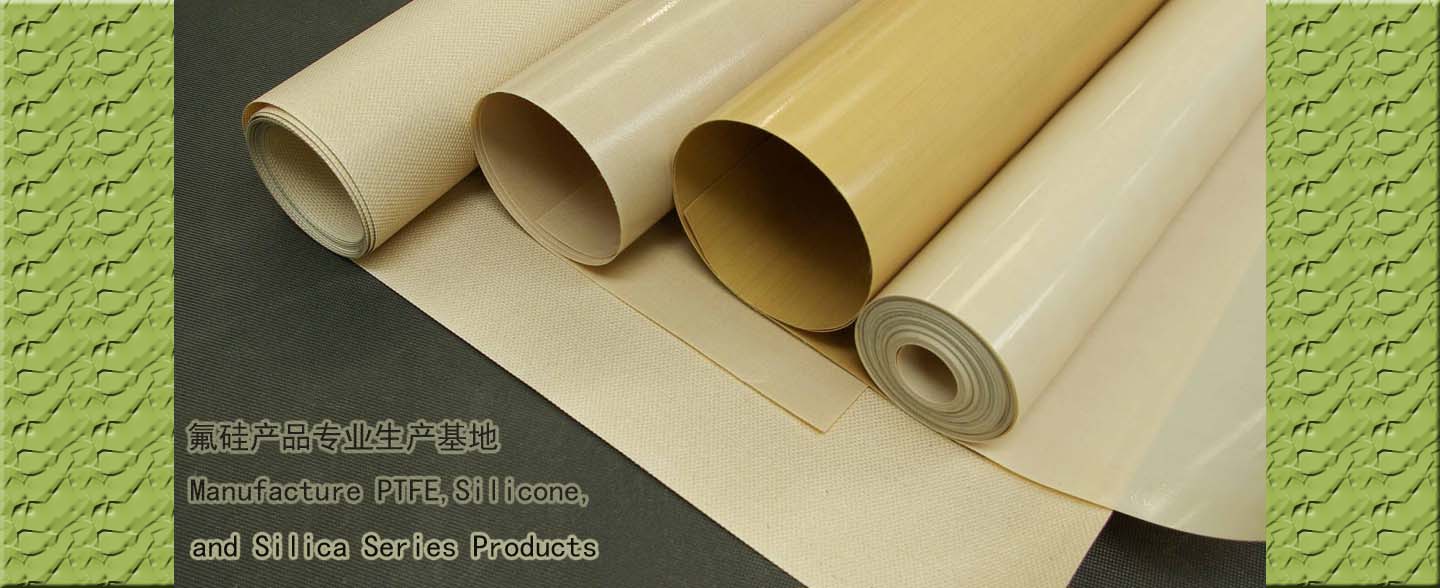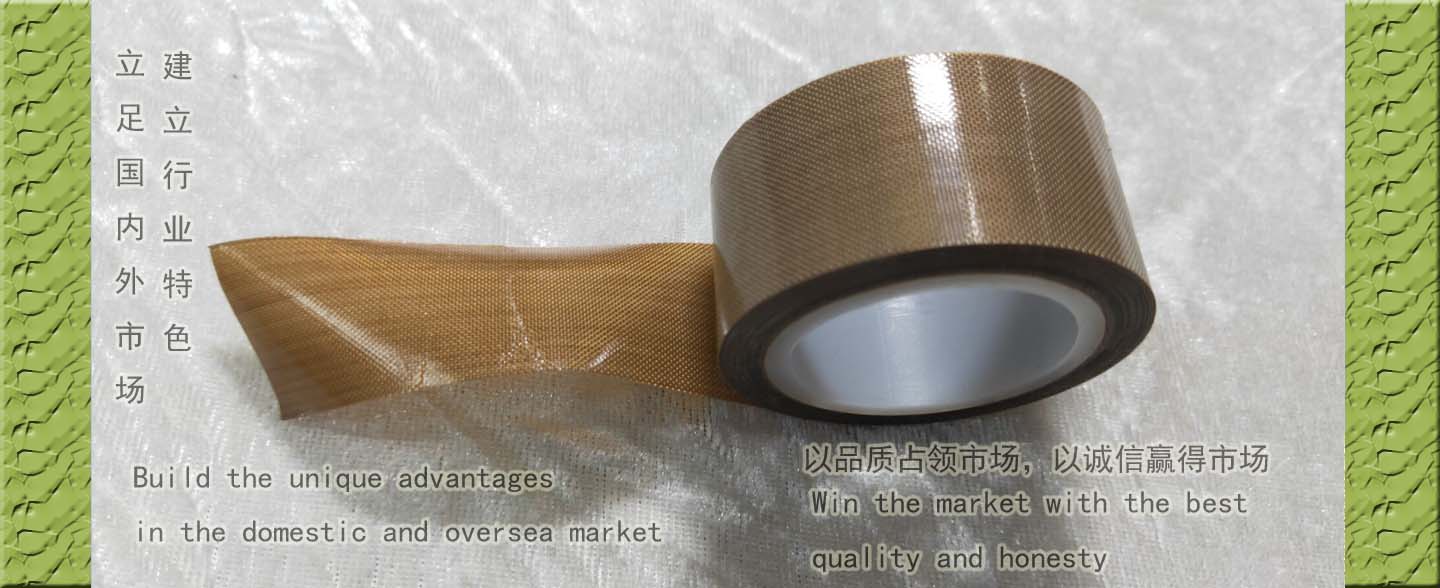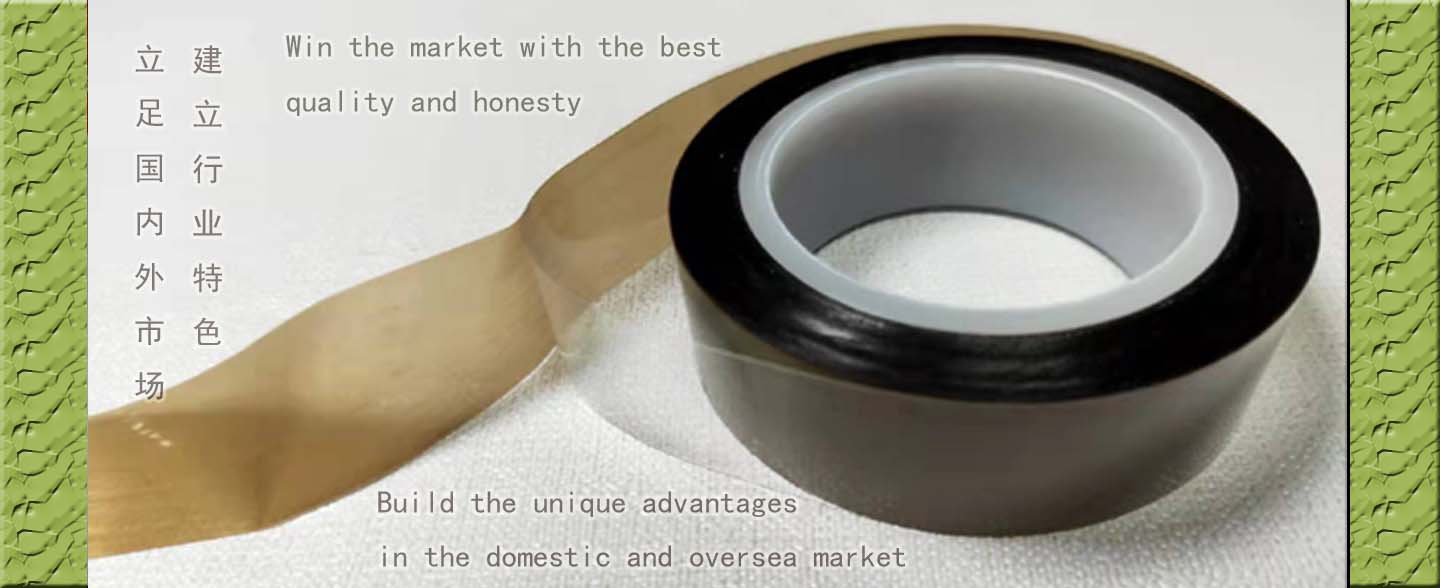News 

Science Tips to Choose the Right Face Mask for Epidemic Peri
发布时间 : 2020-03-22 浏览次数 : 次
Affected by the new coronavirus-infected pneumonia epidemic, disposable face masks have become the most sought-after commodities at present. On the one hand, N95 masks are “difficult to find”. On the other hand, there are KN95, N99, N100, R series, P series, KN mask, KP mask, KF94 mask ... What's the difference between these masks? What is the protective effect compared to N95? There are also single-layer disposable masks and cotton masks. Can they come in handy? Authoritative experts in China have used their expertise to sort out a " Science Tips to Choose the Right Mask " for people around the world to provide some reference when purchasing masks and self-protection.
A face mask is a sanitary product, generally refers to a device worn on the nose and nose to filter the air entering the nose and nose to prevent harmful gases, odors, and droplets from entering and exiting the wearer's nose and nose, made of gauze or paper. Masks have a certain filtering effect on the air entering the lungs. When respiratory infections are prevalent, wearing masks has a very good effect when working in a polluted environment such as dust.
According to different applicable standards, masks can be divided into three types: medical masks, self-priming filter anti-particulate respirators, and ordinary masks.
The "family" of medical masks is huge. Generally speaking, it is divided into medical protective mask, medical surgical mask, and ordinary medical mask (disposable medical mask).
Let's talk about medical protective masks. This type of mask is in compliance with the relevant requirements of China's compulsory standard GB19083-2010 "Technical Requirements for Medical Protective Masks." Self-priming filtering medical protective mask for body fluids and secretions.
In addition, the N95 masks currently concerned are in compliance with the NIOSH42 CFR84-1995 standards of the National Institute of Occupational Safety (NIOSH), including N95, N99, N100, R series, and P series. N95 masks that meet medical standards can be used for the protection of medical institutions. For example, there are more than 10 types of N95 standard masks produced by 3M Company, but only 1860 (1860S for children's version) and 9132 are medical protective masks. In addition, Models 2042F and 2042FP can be used as medical surgical masks.
Ordinary medical masks, which comply with the relevant registered product standards (YZB) or the recommended standards of the pharmaceutical industry YY / T 0969-2013 "disposable medical masks", applicable to cover the user's mouth, nose and jaw, for general medical use Disposable masks worn in the environment to block the exhalation or spray of pollutants from the oral cavity and nasal cavity generally cannot guarantee the filterability to pathogenic microorganisms and dust. It is generally used in hospitals for routine care and to block the gap between medical staff and patients. Daily cross infection.
A face mask is a sanitary product, generally refers to a device worn on the nose and nose to filter the air entering the nose and nose to prevent harmful gases, odors, and droplets from entering and exiting the wearer's nose and nose, made of gauze or paper. Masks have a certain filtering effect on the air entering the lungs. When respiratory infections are prevalent, wearing masks has a very good effect when working in a polluted environment such as dust.
According to different applicable standards, masks can be divided into three types: medical masks, self-priming filter anti-particulate respirators, and ordinary masks.
The "family" of medical masks is huge. Generally speaking, it is divided into medical protective mask, medical surgical mask, and ordinary medical mask (disposable medical mask).
Let's talk about medical protective masks. This type of mask is in compliance with the relevant requirements of China's compulsory standard GB19083-2010 "Technical Requirements for Medical Protective Masks." Self-priming filtering medical protective mask for body fluids and secretions.
Medical protective mask
According to GB19083, medical protective masks use the terms "level 1", "level 2" and "level 3" to indicate the filtration efficiency level (as shown in the figure below). GB19083 also puts forward the requirements of "synthetic blood penetration" and "surface moisture resistance" parameter requirements, and clarifies the protective effect of medical protective masks on blood and other fluids. Generally speaking, "level 1" can reach the filtration efficiency of N95 and KN95.In addition, the N95 masks currently concerned are in compliance with the NIOSH42 CFR84-1995 standards of the National Institute of Occupational Safety (NIOSH), including N95, N99, N100, R series, and P series. N95 masks that meet medical standards can be used for the protection of medical institutions. For example, there are more than 10 types of N95 standard masks produced by 3M Company, but only 1860 (1860S for children's version) and 9132 are medical protective masks. In addition, Models 2042F and 2042FP can be used as medical surgical masks.
| Grade | Bacterial Filtration Efficiency(BFE)(%) |
| Type 1 | ≥95 |
| Type 2 | ≥99 |
| Type 3 | ≥99.7 |
Medical surgical masks are reliable, ordinary medical masks cannot be guaranteed
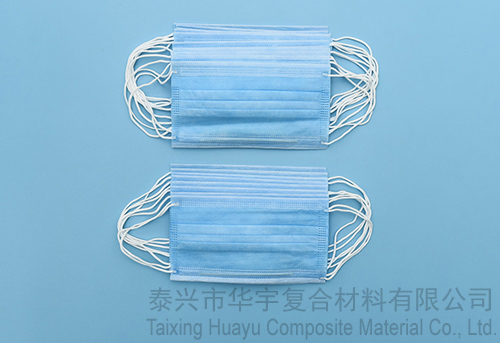
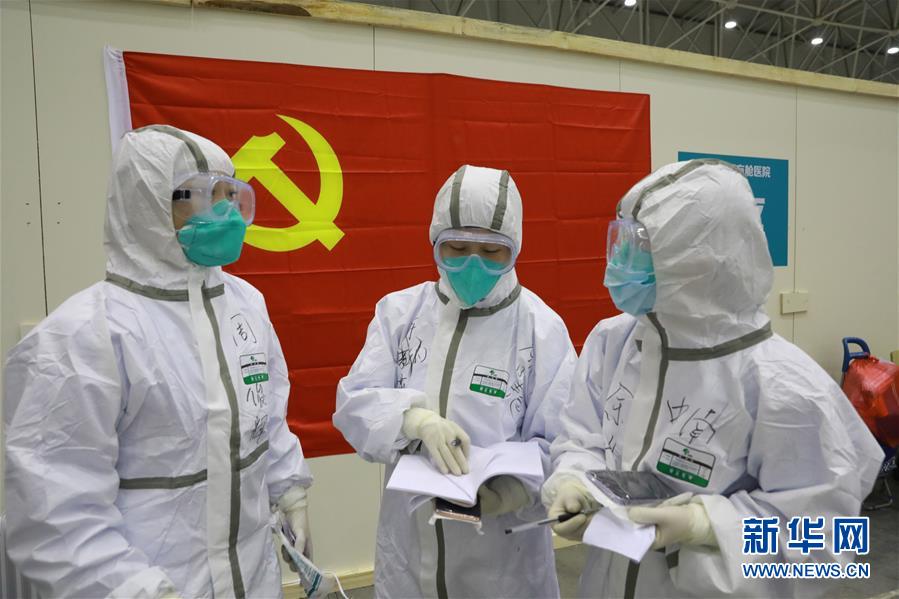
Medical surgical masks comply with the relevant requirements of the Chinese pharmaceutical industry standard YY0469-2011 "Technical Requirements for Medical Surgical Masks" (EU Medical Mask Certification Standard EN 14683), and are suitable for disposable masks worn by clinical medical personnel during invasive operations. It is used to cover the user's mouth, nose and jaw. In order to prevent pathogenic microorganisms, bodily fluids, particulate matter, etc. directly provide physical security. This type of mask should generally have a filtration efficiency of more than 30% for non-oily particles and a filtration efficiency of more than 95% for bacteria. In addition, for the requirement of synthetic blood permeability, the mask is generally divided into three layers: internal water absorption Layer, middle filter layer, outer waterproof layer, each layer has a special role.

Ordinary medical masks, which comply with the relevant registered product standards (YZB) or the recommended standards of the pharmaceutical industry YY / T 0969-2013 "disposable medical masks", applicable to cover the user's mouth, nose and jaw, for general medical use Disposable masks worn in the environment to block the exhalation or spray of pollutants from the oral cavity and nasal cavity generally cannot guarantee the filterability to pathogenic microorganisms and dust. It is generally used in hospitals for routine care and to block the gap between medical staff and patients. Daily cross infection.
Self-priming filter type anti-particle respirator
KN and KF94 masks are acceptable, but not for medical institutions
KN masks and KP masks meet the relevant requirements of China's national mandatory standard GB2626-2006 "Respiratory protective equipment self-priming filtering anti-particulate respirator", suitable for self-priming filtering protective equipment to protect all kinds of particulate matter, not suitable for protecting harmful gases And steam, not suitable for use in hypoxic environments, underwater operations, escape and fire protection.
Self-priming filter type anti-particle respirator
Among them, KP masks are mainly used in the chemical industry, not for civilian use. KN masks are classified into KN90, KN95, KN100 according to their filtering performance on non-oily particles. Among them, KN95 masks have a filtering performance of more than 95% for non-oily particles, but KN masks and KP masks cannot be used for medical institution protection because they do not have the requirement of anti-permeation.
KF94 mask
Korea KF94 masks are produced in accordance with the standards set by South Korea. The masks under this standard have a filtration rate of greater than 94% for particles with a diameter of 0.4 μm. Therefore, KF94 masks are similar to KN95 in terms of filterability and protection, but KF94 masks are not Not for medical standards and cannot be used for medical facility protection.
Ordinary mask
Cotton masks have little effect, only cold protection and warmth
Ordinary masks include cotton masks, synthetic fiber masks, etc. There are no mandatory standards for this type of mask, mainly for cold protection and warmth, to prevent cold air from directly stimulating the respiratory tract, but it has almost no dustproof and antibacterial effect. Such masks have little effect during high epidemics and in haze.




